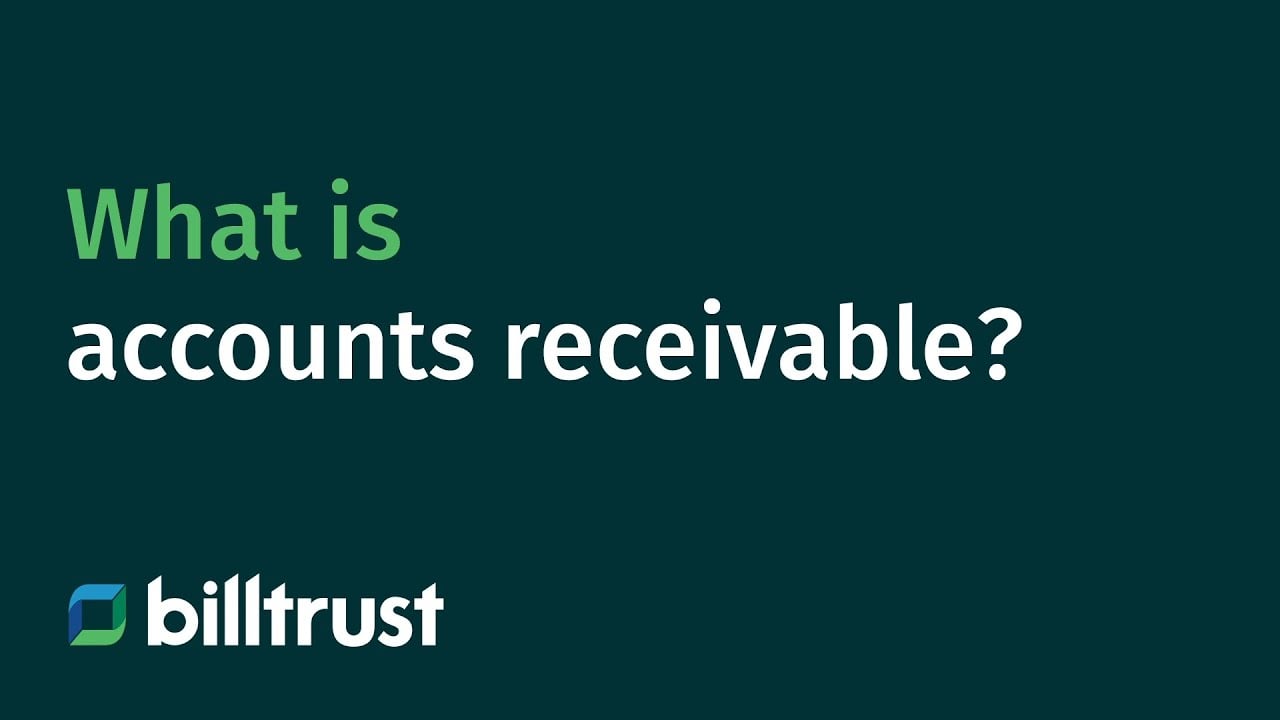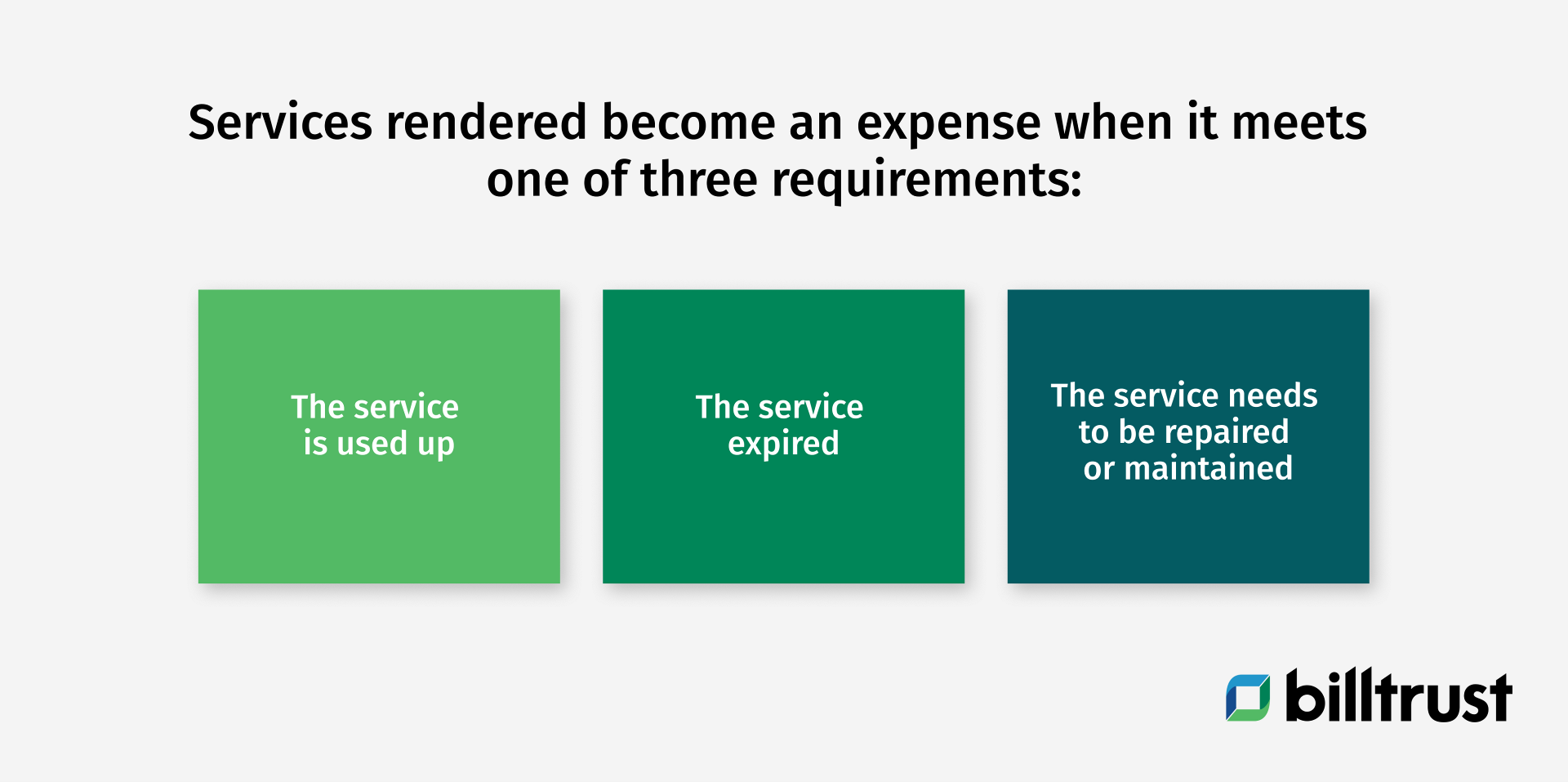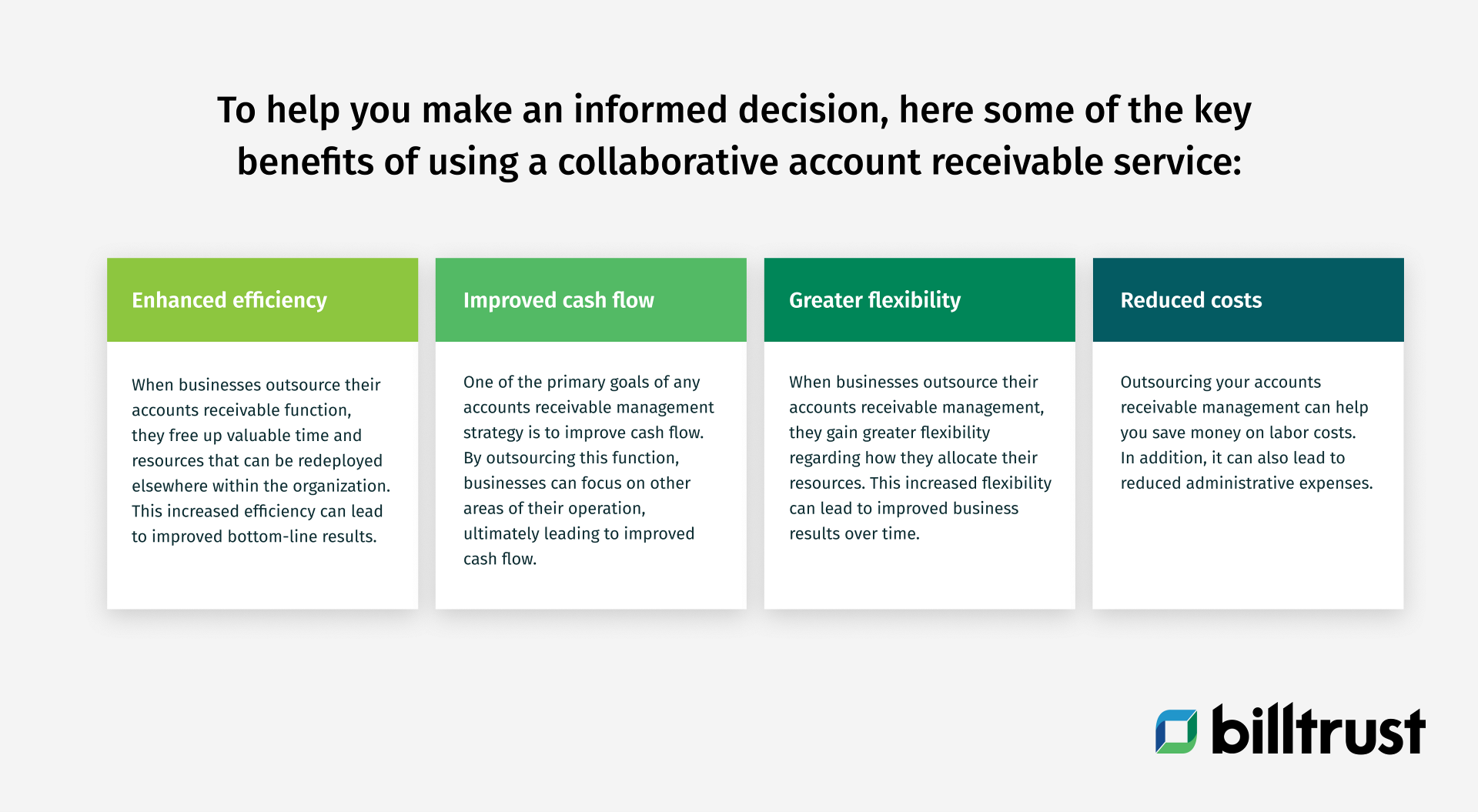Like most business owners, you always look for ways to improve your bottom line.
One way to do that is by working with a company that provides collaborative accounts receivable services. In addition, automating your invoicing into AP portals can save you time and money while accelerating your invoicing process to improve cash flow.
Believe it or not, invoice automation can do just that.
Below, we'll explore the benefits of accounts receivable (AR) automation and how it can help your business run smoother. Keep reading to learn more about collaborative accounts receivable services and how they can benefit your business.

What are the three classifications of receivables?
Accounts receivable is money that's owed to a company by its customers for goods or services that have been delivered or used but not yet paid for. In other words, it's credit issued by a company to a customer. Accounts receivable are classified as a current asset on a company's balance sheet because the receivables are typically due within one year.
There are three primary classifications of receivables: operating, financial and derivatives.
- Operating receivables: Generated from the day-to-day operations and include accounts receivable, inventory and deferred revenue.
- Financial receivables: Created when a business lends or borrows money, including loans, bonds and notes payable.
- Derivative receivables: Generated through financial instruments, such as options and futures contracts.
Each receivable has unique characteristics and risks that you must manage to maximize value for the business. This is why it’s important to consider modernizing your AR.
What happens when services are rendered on account?
Regardless of your line of business, if you don't require total payment upfront for the work you do, you're likely offering your services on account.
But what does that mean, exactly?
When you offer services on account, you're essentially giving your client a line of credit. They receive the services now and agree to pay for them later, usually within 30 days. This arrangement is beneficial for both parties involved. For the client, they get to receive the services right away without having to pay for them upfront. And for the service provider, they get paid (hopefully) within a month.
Note: Depending on the terms of the agreement, you may also charge interest on the outstanding balance.
Rendering services on account can be a great way to generate revenue and build a better customer experience and relationship. Still, it's essential to ensure you're getting paid promptly. Otherwise, you could end up having to write off the debt as bad debt, which can damage your business's bottom line.
When offering services on account, the main thing to remember is that you must keep track of who owes you money and when those payments are due. That way, you can follow up with clients who haven’t yet paid their invoices and avoid any awkward conversations down the road.
We recommend using automated accounting software to help manage your accounts receivable and save you time and headaches in the long run.
Download the ultimate guide to digital accounts receivable

Mauris eu fringilla mauris. Suspendisse sodales sem lorem, ut pulvinar lectus hendrerit vitae. Phasellus a tincidunt sapien. Cras eu euismod nisl. Proin a pharetra lorem.
What type of account is services performed?
Services performed is an account type used to track the revenue generated by a company’s services. Businesses that provide professional services use this account. Examples include consulting, accounting or legal services.
When services are rendered, a companies invoice their customers the corresponding amount and record it as revenue in the services performed account. The account helps businesses track and manage their service-related revenue. Without this account, it's not easy to know how much revenue your company generated from service-related activities. As a result, the services performed account provides valuable insight into a company's business operations.
Is services rendered an expense?
Services rendered are expenses when you provide services to your customers and send them an invoice. Your customer owes you money for the services rendered. This is a current liability on the company's balance sheet.
Services rendered become an expense on the income statement. An example of service revenue would be cloud-computing fees or license fees charged by software companies.
You record services revenue as earned when you provide the services, even if the customer has not yet paid for them. For example, if a web design company designs and launches a website for a client, the revenue would be earned immediately, even though the client may not make their first payment for 30 days.

Example 1: You use 100 minutes of your 200-minute monthly cell phone service. The used minutes become an expense.
Example 2: You purchase a one-year warranty on your laptop. The warranty becomes an expense over time.
Example 3: After six months of use, you must replace your laptop's battery.
The service has been used and is no longer available to the company in these examples. As a result, it becomes an expense on the income statement.
What do collaborative accounts receivable services mean to your business?
Accounts receivable outsourcing services can be a great way to improve your business's cash flow and bottom line.
When you outsource your accounts receivable function, you can focus on your core competencies and leave the day-to-day management of invoices and collections to a team of experts.
The correct accounts receivable outsourcing partner will work with you to customize a solution that fits your unique business needs. They will also provide the necessary tools and resources to comply with laws and regulations. In addition, they can help you reduce late payments, improve your customer service and increase your overall profitability.
As businesses grow, so does the need for efficient and effective accounts receivable management. And while many companies opt to outsource this function to a third-party provider, many still handle it in-house. If you're one of these businesses, you may wonder whether collaborative accounts receivable services are right for you.

If you're looking for a way to improve the efficiency and effectiveness of your accounts receivable management, consider outsourcing this function to a collaborative service provider. You can enjoy enhanced efficiency, improved cash flow, greater flexibility and reduced costs with the right partner – all of which can help you improve your bottom line.
Take control of your order-to-cash (O2C) cycle with accounts receivable solutions
As your business continues to grow and scale, it's crucial to have a system for managing accounts receivable.
Collaborative accounts receivable can help your business keep up with invoices, payments and collections. In addition, this type of service can benefit companies with multiple clients or customers. By working with a collaborative service, businesses can save time and money on bookkeeping and accounting. In addition, collaborative services can provide valuable insights into business finances.
Ultimately, collaborative accounts receivable services can help your business run more efficiently and effectively.

